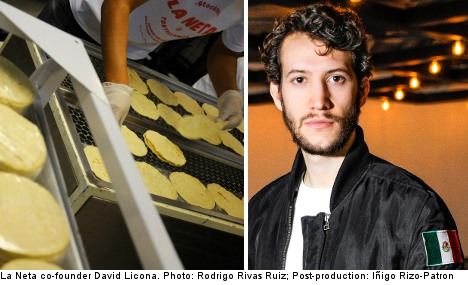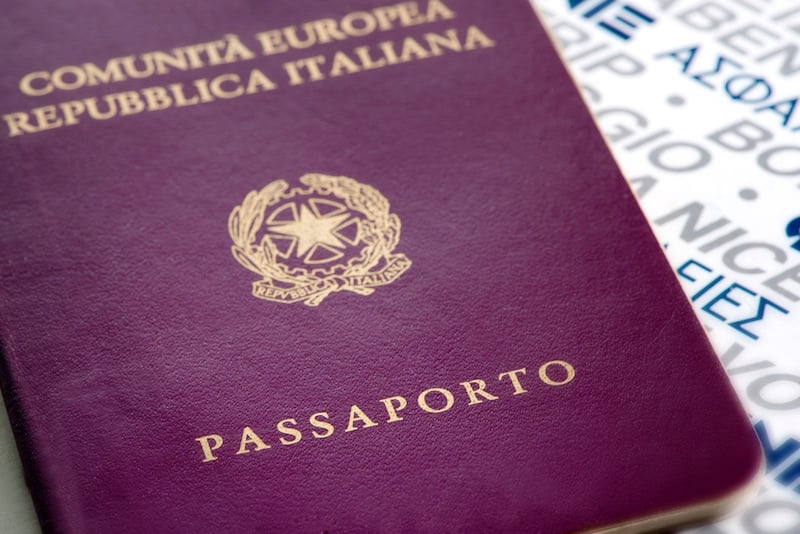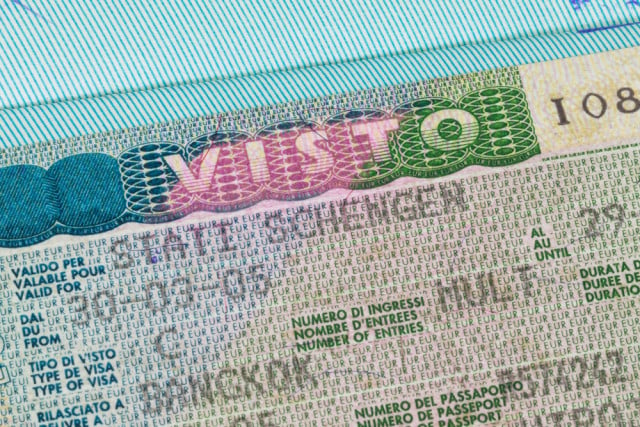Licona first visited Stockholm in 2004, but it was during a 2006 trip to the Swedish capital while he was living in neighbouring Finland when he suddenly realized he wanted to move there.
“There was something so exotic about Stockholm,” he tells The Local.
“It was so different than my hometown of Monterrey, which is like a big US city surrounded by mountains. But here there are islands, water, and lots of green spaces.”
SEE ALSO: Click here for the latest listings for jobs in Sweden
Committed to coming to Stockholm to “live as a local, not as a tourist”, Licona enrolled in a master’s programme on consumer culture at Stockholm University in 2008.
Around the same time, he met up with fellow Monterrey native Ricardo Medrano who has move to Sweden for love.
As the two commiserated about the dearth of authentic Mexican food in Stockholm, Medrano asked if Licona wanted to team up to start a true, Mexican-style taquería.
“It was really out of necessity more than anything,” Licona explains.
“We were so tired of going to Mexican section at grocery stores and not seeing products we recognized. We realized that if we wanted to fulfill our plans of moving and living in Sweden, we needed to also have our food.”
IN PICTURES: Five mouthwatering scenes from La Neta
Excited by the idea of filling what he saw as an obvious void in the Stockholm culinary scene, Licona postponed his studies to devote more time and his background in branding and marketing to La Neta.
“La Neta is sort of slang for the real deal or the absolute truth,” he says.
“It’s supposed to be an authentic taquería. But it’s not only about the tacos, it’s also about connecting to the community and being a local gathering place for friends and family.”
In the summer of 2009, Licona and Medrano opened the first La Neta on Barnhusgatan, just off Drottninggatan near Norra Bantorget and it didn’t take long for the restaurant to change the face of Mexican dining in Stockholm.
“Since we opened, the word taquería has become much more widely used in Sweden. And soft tortillas are more prominent too,” he explains.
The restaurant was also nominated for Restaurant of the Year by Stockholm City newspaper, and in April 2010 La Neta was named as a “Best Import” by Monocle magazine, winning praise for being a “welcome respite to from the tasteless, additive-packed TexMex” available in local stores.
In 2011, La Neta crossed an important cultural threshold when it was featured in Rocky, a popular Swedish comic strip by Martin Kellerman.
SEE ALSO: Top 10 Swedish foods to remember
Before the year was over, La Neta had been named Restaurant of the Year at the Fast Food Awards at Mitt Kök, one of Sweden’s largest cooking and food conventions.
In late 2012, La Neta headed south of the border – the border between Stockholm’s north and south side, that is – opening a second restaurant on Södermalm close to the Medborgarplatsen (and, incidentally, in the same building as The Local).
More rave reviews followed the opening of La Neta’s second eatery, with tabloid Aftonbladet proclaiming the restaurant “crushed all competitors”.
According to Licona, the success of La Neta, which now boasts a Spanish-speaking staff of 25 people with 10 nationalities “90 percent” of whom are non-Swedes, is due in no small part to the restaurant’s strong association with the city’s growing Mexican and Latin American communities.
“We wanted to create a Mexican community around the restaurant,” he explains, adding that he hopes La Neta will help correct Swedes’ “inaccurate and outdated” views about Mexico.
“It’s not cactuses and guitar-playing guys with sombreros. That’s not Mexico. Swedes’ tradition of tacos on Friday has nothing to do with Mexico. I’d like to think La Neta can help redefine what Swedes think of when they think of tacos.”
Looking back, Licona says starting La Neta “felt natural”, but after four years in the restaurant business, he offers a cautionary word of advice for anyone contemplating starting their own venture.
“When you are the owner, you never really leave work,” he admits.
SEE ALSO: A look at past My Swedish Career features
“You have to be ready for it to take over your life and accept that you have to devote all your energy to it and that there won’t be time for other things.”
And aside from the bureaucratic foot-dragging he faced in obtaining a licence allowing La Neta to serve beer, Licona says there’s little to complain about when it comes to starting a business in Stockholm.
“This is a great place to start a business. There is a lot of support available, as well as agencies and organizations that can help you along the way,” he explains.
At the end of the day, however, it’s all about the food. And more specifically La Neta’s signature soft corn tortillas, which come from tortilla-making machines imported directly from Mexico.
“Without a good tortilla you can’t have a good taco,” Licona concludes.
David Landes






 Please whitelist us to continue reading.
Please whitelist us to continue reading.
Member comments